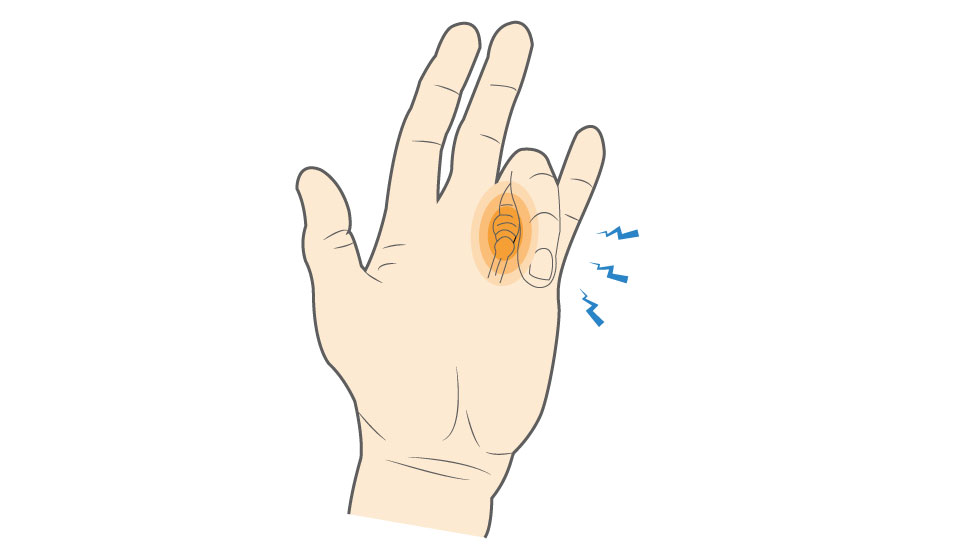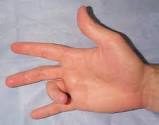Trigger finger or stenosing tenosynovitis is a painful condition that creates a locking or catching feeling when you straighten or bend your finger. In severe cases, your finger may get stuck in a bent position.
Flexor tendons, long fibrous cords, connect the forearm muscles to the bones that make up the fingers. These tendons normally glide through a sheath when your muscles contract, allowing your fingers to bend. When swollen tendons are inflamed, they can’t move easily through the sheath, creating irritation, pain, and a snapping sensation.



